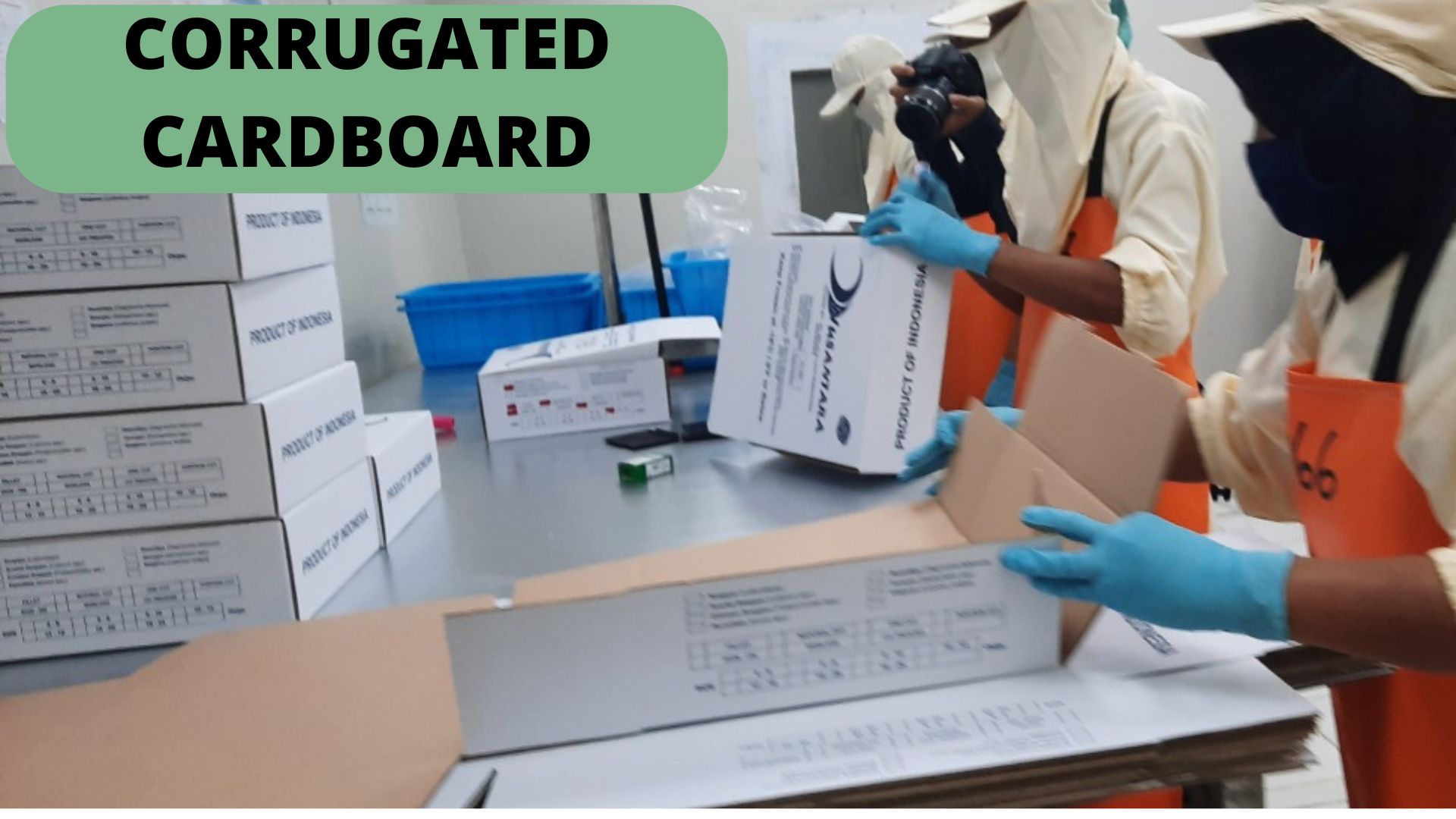CORRUGATED CARDBOARD
By. Najih - 19 Sep 2023
kelolalaut.com - All corrugated cardboard has a layer of corrugated fluting and at least one liner. Fluting and liners can be combined in different layers to create different types. The flute is used to strengthen or reinforce the cardboard that's used in box packaging. Flutes determine the different thicks and thins of corrugated as well as strengths. Flutes are typically measured by A, B, C, D, E & F.
Single Face Board
Single face cardboard has only two layers, a liner layer and a corrugated layer. It's not as durable as the other types of corrugated cardboard but is often used inside boxes to add extra cushioning.
Single Wall Board
Single wall cardboard is the most common type of corrugated fiberboard. If someone is talking about corrugated cardboard, they are most likely referring to this style. It consists of two outer liners and a middle layer of corrugated medium.
Double Wall Board
Double wall cardboard has two layers of corrugated fluting and three liners, making it extremely durable.
Triple Wall Board
Triple wall cardboard is sturdy enough to be used in place of wooden crates. Three layers of fluting make this corrugated cardboard a dependable choice for shipping chemicals or items that need special handling.
Types Corrugated Flute Sizes
A Flute
Type A cardboard has excellent compression and cushioning as well as good stacking strength. It is great for packaging and insulating fragile items, and it is commonly used to provide structural strength in boxes to protect shipments in transit. # of Flutes / Linear Foot: 36. Flute Height: 1/4”.
B Flute
Type B cardboard has excellent crush and puncture resistance and is a great printing surface. This cardboard is commonly used for inner packaging components such as pads and partitions. # of Flutes / Linear Foot: 49. Flute Height: 1/8”.
C Flute Cardboard
Type C cardboard makes a good printing surface. It also has compression properties and offers crush resistance. It is most commonly used for shipping boxes and to secure glass, furniture, food, etc. # of Flutes / Linear Foot: 41. Flute Height: 11/64”.
E Flute Cardboard
Type E cardboard’s thin construction helps to reduce storage space. It has excellent crush resistance and an exceptional printing surface. It is commonly used for displays, pizza boxes, ballot boxes, and packaging of consumer goods such as glass, ceramics, and cosmetics. # of Flutes / Linear Foot: 90. Flute Height: 1/16”.
F Flute Cardboard
Type F cardboard has an outstanding printing surface and excellent crush resistance. Its thin construction allows for stiffer boxes with less fiber. It is commonly used in fast food clamshell containers and packaging for consumer goods such as cosmetics, jewelry, and shoes. # of Flutes / Linear Foot: 128. Flute Height: 1/32”.








